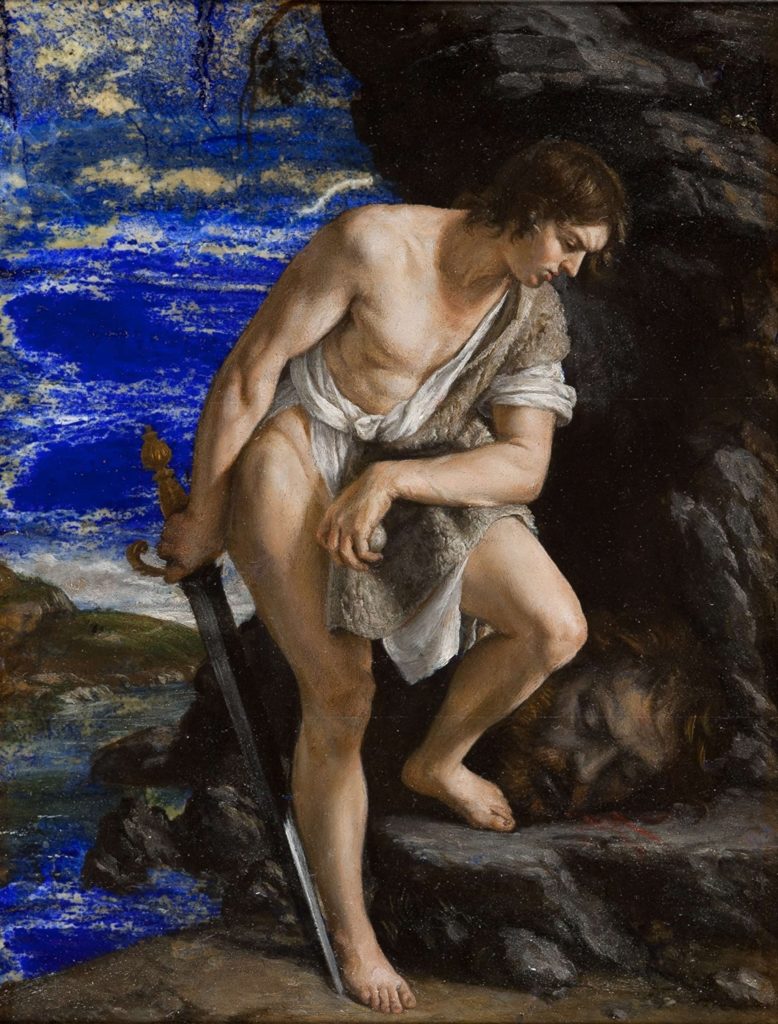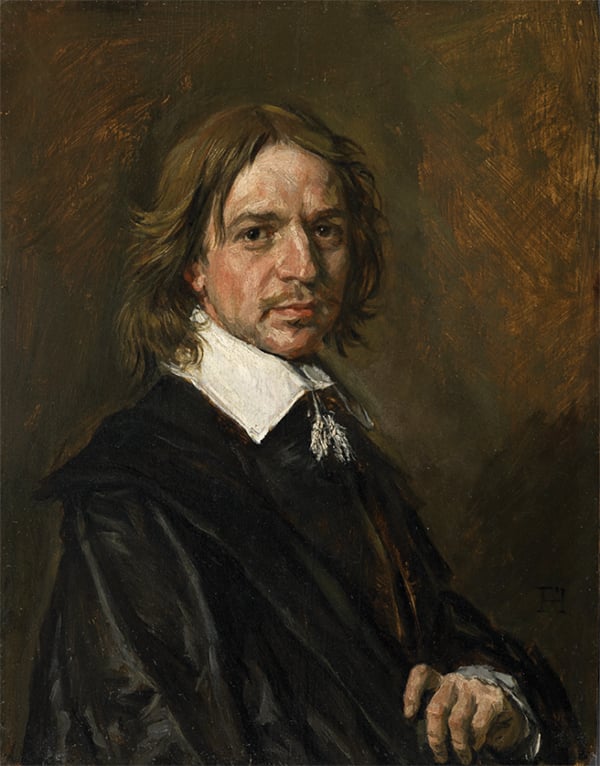Law & Politics
String of Suspected Old Master Fakes May Reveal ‘Biggest Art Scandal in a Century’
Some $255 million in Old Master paintings have been implicated.

Some $255 million in Old Master paintings have been implicated.

Sarah Cascone

Move over, Knoedler Gallery. A new art forgery scandal is coming to light, and this one is all about Old Master paintings. The Daily Mail reports that experts now believe that there have been a recent spate of forgeries on the market, and that unwitting collectors may have spent up to €200 million ($255 million) on fakes masquerading as the work of Frans Hals, Lucas Cranach the Elder, Orazio Gentileschi, and other artists.
“This is the biggest art scandal in a century,” art dealer Bob Haboldt told the Mail, likening it to the discovery in the 1940s that a number of prized Johannes Vermeer canvas were actually the work of struggling Dutch artist Han van Meegeren.
The details of the scam began to come to light in March, and the names of several dealers have been linked to the suspected forgeries. The first painting called into question was Cranach’s Venus, seized by French authorities from an exhibition of the collection of the Prince of Liechtenstein at the Caumont Centre d’Art in Aix.

Venus by Lucas Cranach the Elder (1531). Photo via Wikimedia Commons.
Legendary dealer Konrad Bernheimer at Colnaghi gallery in London bought the painting in 2013 from a German financier based in Paris just a few months earlier. In between the two sales, the price jumped from $4.2 million to $9 million. When seized, Bernheimer told the Financial Times earlier this year, “We are totally confident in the work. We can’t understand what has happened here.”
The Cranach was just one of a half dozen works involved in the French investigation, which also included a portrait by Hals sold by Sotheby’s in 2011, a portrait of cardinal Borgia after Velázquez, and Gentileschi’s David Contemplating the Head of Goliath recently on loan to London’s National Gallery. (London dealer Mark Weiss sold both the Hals and the Gentileschi.)
While the Knoedler forgeries were spotted because the forger used the wrong materials—and was so careless he once misspelled Jackson Pollock’s name—this apparent scam appears to be more sophisticated. The Mail writes that “one well-known dealer described the individual behind the copies as ‘the Moriarty of fakers’, because they are so brilliantly constructed.”

Franz Hals, Portrait of a Man, one of a series of Old Master works sold by a French dealer that authorities now believe may be forgeries.
The bulk of the works are allegedly from the collection of French civil engineer André Borie, who died in 1971. French dealer Giulano Ruffini appears to be the common point of origin for all of the paintings.
“I am a collector, not an expert,” Ruffini told the Art Newspaper, insisting that he had never claimed any of his works, which resembled paintings by Jan or Pieter Brueghel, Van Dyck, Correggio, Bronzino, Parmigianino, Solario, Van Bassen, Grimmer, Coorte, and others, to be authentic, and that such claims had been made by other parties.
Ruffini is also reportedly suing over the Cranach, which he had sold to a company called the Art Factory for €510,000 (about $847,000) before it was identified as being by the master’s hand.
Both Bernheimer and Weiss have denied having any reason to suspect the paintings were anything other than authentic Old Masters.
The Guardian‘s Jonathan Jones criticized National Gallery for proudly displaying the striking Gentileschi, supposedly painted directed on a small lapis lazuli slab by 17th century Italian artist, even though the piece only came to light in 2012. It currently belongs to a private collector, and was loaned to the museum by the Weiss Gallery.
“I am kicking myself that I called this painting bizarre without following up on what that might imply,” wrote Jones. “If the National Gallery has been a victim of what may be one of the most effective forgery rings of all time, the joke is on experts and critics—me included—who did not ask the right questions.”
The Antiques Trade Gazette reports that Sotheby’s has reimbursed the Hals buyer from the 2011 sale. The painting was examined by the National French Museums’ laboratory in 2008, and was very nearly purchased by the Louvre, but French authorities now appear to doubt its authenticity.
‘The willingness of Sotheby’s to accept the return of the portrait by Frans Hals and indemnify the buyer sets the stage for several more of these cases to come to light,” Haboldt told the Daily Mail. “Whispers in the trade have revealed a list of some 25 Old Masters produced by this particular forger’s workshop. I understand this list will be revealed soon.”